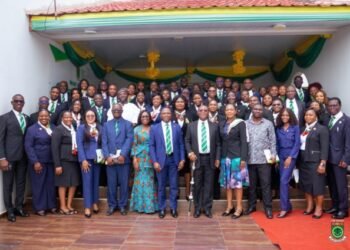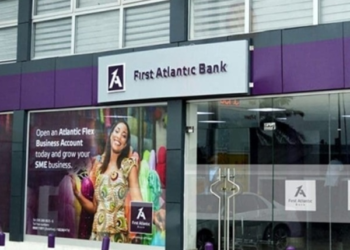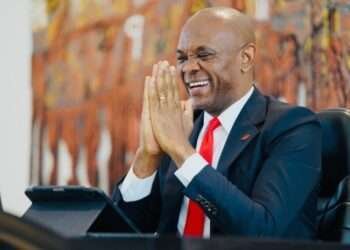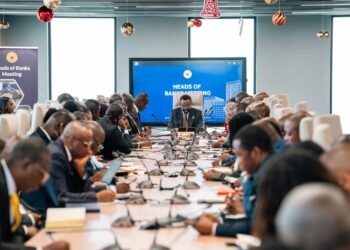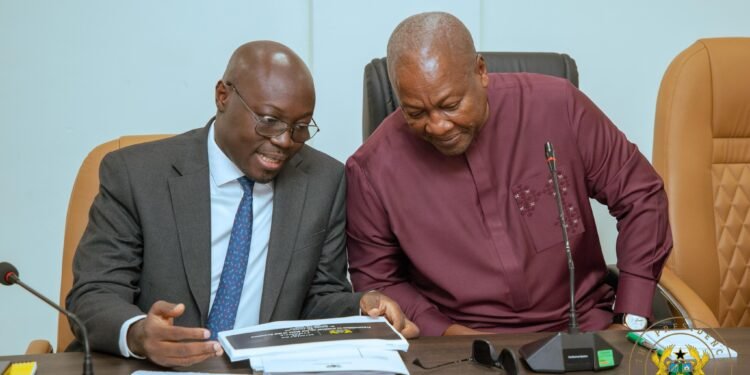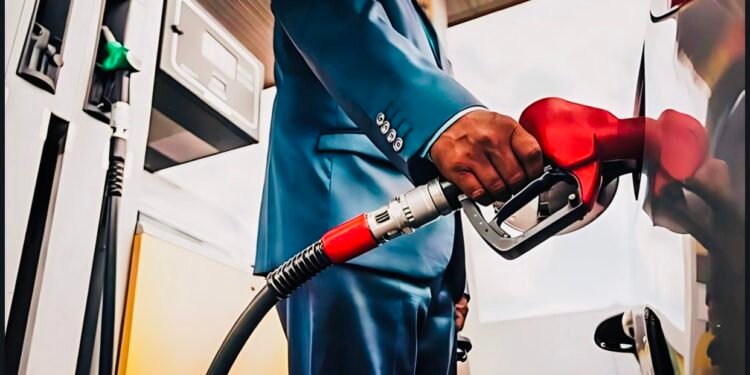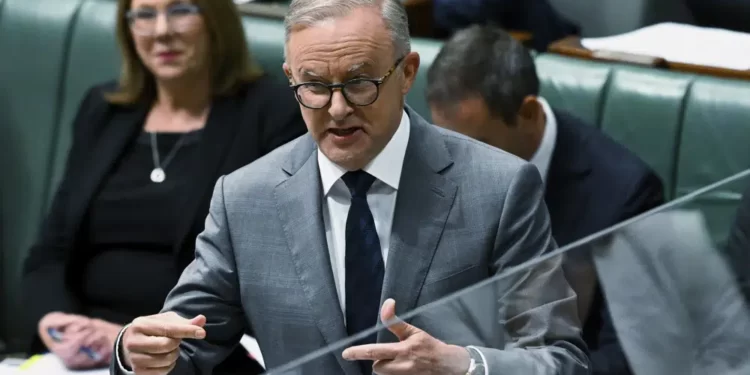The Bank of Ghana (BoG) has released a Liquidity Assistance Framework to meet the liquidity needs of banks and Specialised Deposit-Taking Institutions.
The framework has been designed to address weaknesses that were identified by the Bank of Ghana during the recent banking sector crisis, and aims to promote transparency, allow better liquidity planning by banks, savings and loans companies, and finance houses while protecting the balance sheet of the Central Bank.
It is further anticipated that the Liquidity Assistance Framework will go a long way to support the Bank’s monetary policy direction.
“In executing its policy objectives, the BOG undertakes a number of operations to meet liquidity needs of banks and certain Specialised Deposit-Taking Institutions and to reinforce its monetary policy stance.
“The BoG’s objectives are specified in Section 3 of the BoG Act, 2002 (Act 612) as amended by the BoG Amendment Act, 2016 (Act 918) hereinafter referred to as the ‘BoG Act as amended’.
“The Section mandates the BoG to maintain price stability, promote effective and efficient operation of the banking and credit system, and contribute to the maintenance of financial stability in Ghana”.
Additionally, the Central Bank asserts that towards achieving its financial stability objective, its outfit has developed a clear and robust policy and operational framework for providing Intraday Liquidity Facility (ILF) and Emergency Liquidity Assistance (ELA).
Highlighting the makeup of the two liquidity instruments of the framework, the Bank of Ghana hinted that the Intraday Liquidity Facility (ILF) is to support efficient functioning of the payment and settlement systems.
The ILF is interest free and available to all participating banks in the Ghana Interbank Settlement (GIS) system to enable them have sufficient positive balances in their settlement accounts to meet their obligations within the GIS system on real time basis.

On the other hand, at its discretion and under exceptional liquidity stress conditions, the Bank of Ghana provides the Emergency Liquidity Assistance (ELA) to offer liquidity support to eligible and solvent banks, savings and loans companies, and finance houses facing temporary liquidity challenges.
However, the Bank of Ghana cautioned that when an ELA is accessed it shall be used solely for honouring customer withdrawals and meeting maturing non-capital-related debt obligations to safeguard financial stability as shall be indicated in the request to the BoG.
“All other uses including payments to affiliates, insiders, and related parties are prohibited,” they added.
“These two liquidity instruments supplement the Global Master Repurchase Agreement (GMRA)-backed reverse repurchase facility that the BoG currently provides to banks as part of its monetary policy framework,” The Bank of Ghana mentioned.
Finally, the Bank of Ghana holds that this policy and operational framework will help promote financial stability while minimizing moral hazard as well as risks to the Central Bank’s balance sheet.
The Central Bank further cautions that failure to comply with the terms under the Liquidity Assistance Framework would attract sanctions from their establishment.
“Where necessary, the BoG may initiate prompt corrective actions against the obligor as required under Act 930”.




